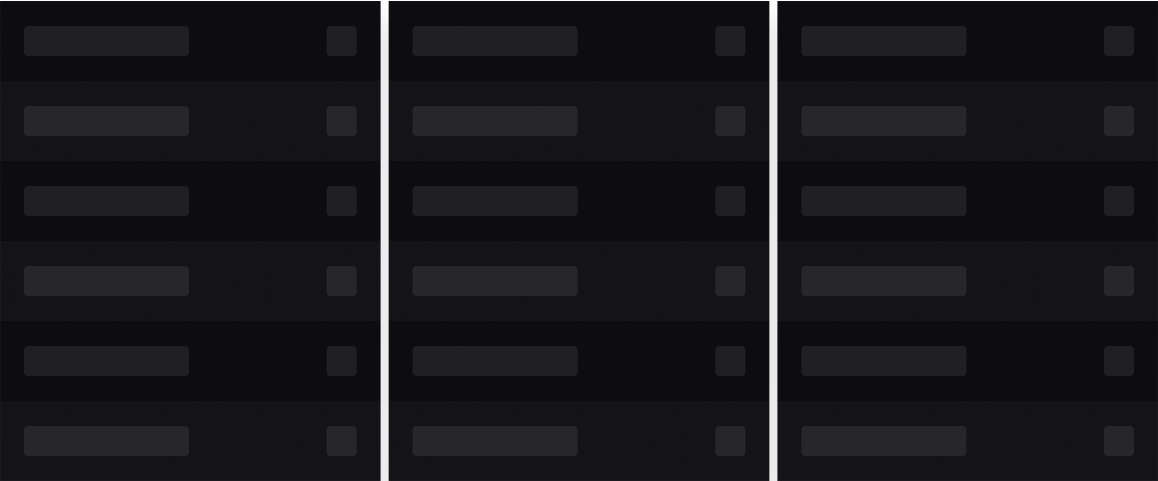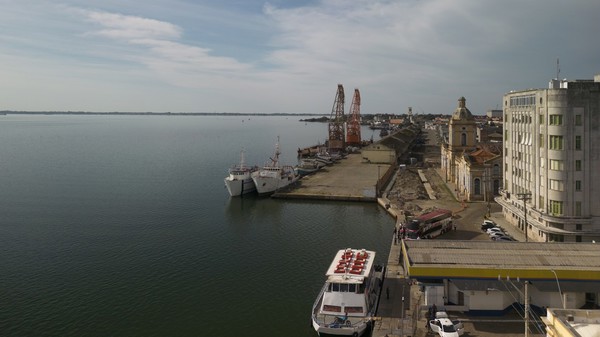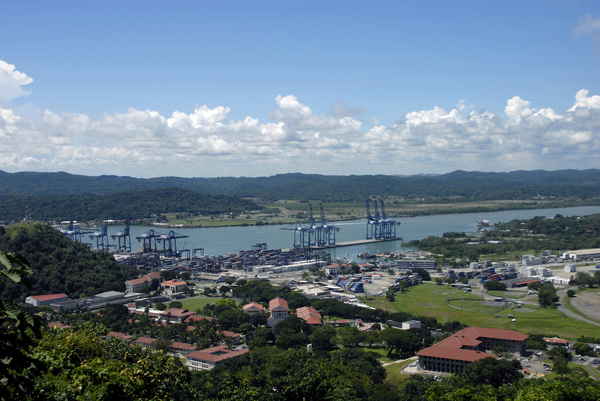
Houston
Discover all the latest news, quality information and bunker prices for the port of Houston.
Bunkering in the port of Houston
Located on the Gulf Coast, Port Houston has access to several refineries that make up almost half of the US’ total petroleum refining capacity, according to data from the US Energy Information Administration.
The Bayport Container Terminal and Barbour Cut Container Terminal handle Houston’s container volumes. The port is ranked as the seventh biggest container port by total twenty-foot equivalent units (TEUs) in the US. The port handles about 70% of the US Gulf Coast’s container traffic, according to the Port of Houston Authority.
The key HSFO, VLSFO and LSMGO bunker grades are supplied in Houston. As Houston is situated in a 0.10% sulphur-capped Emission Control Area, vessels will need to burn LSMGO to reach it and other US Gulf Coast ports unless they have exhaust scrubbers fitted. Many physical bunker suppliers therefore offer LSMGO (18), while a smaller number offer VLSFO (13) and HSFO (5) grades. Several of the bunker suppliers operating in the Houston area are integrated and run their own refineries and oil terminals.
Product availability is typically steady throughout the year, primarily due to large refining and storage capacities in the area. Suppliers in Houston mostly price bunker grades at discounts or at parity to other regional ports. Bunker stems are delivered ex-pipe or by barges or trucks.
There are generally fewer instances of weather disruptions to bunkering in Houston compared to other regional ports. However, the Houston Ship Channel experiences some intermittent closures during the fog season, which lasts from December to March. The Houston Ship Channel is a key waterway for vessels going in and out of bunker ports in the Houston area, including Galveston, Baytown and Texas City.
This is just a snapshot of the quality data available to Integr8, if you would like more fuel quality information, send us your request and we would be happy to help.








